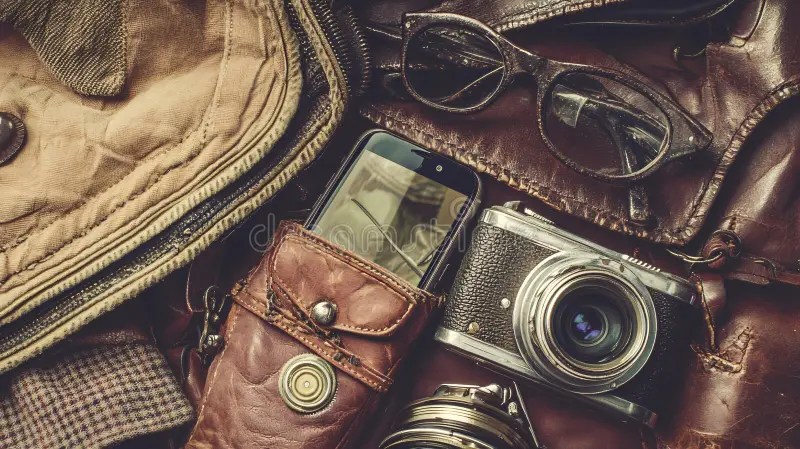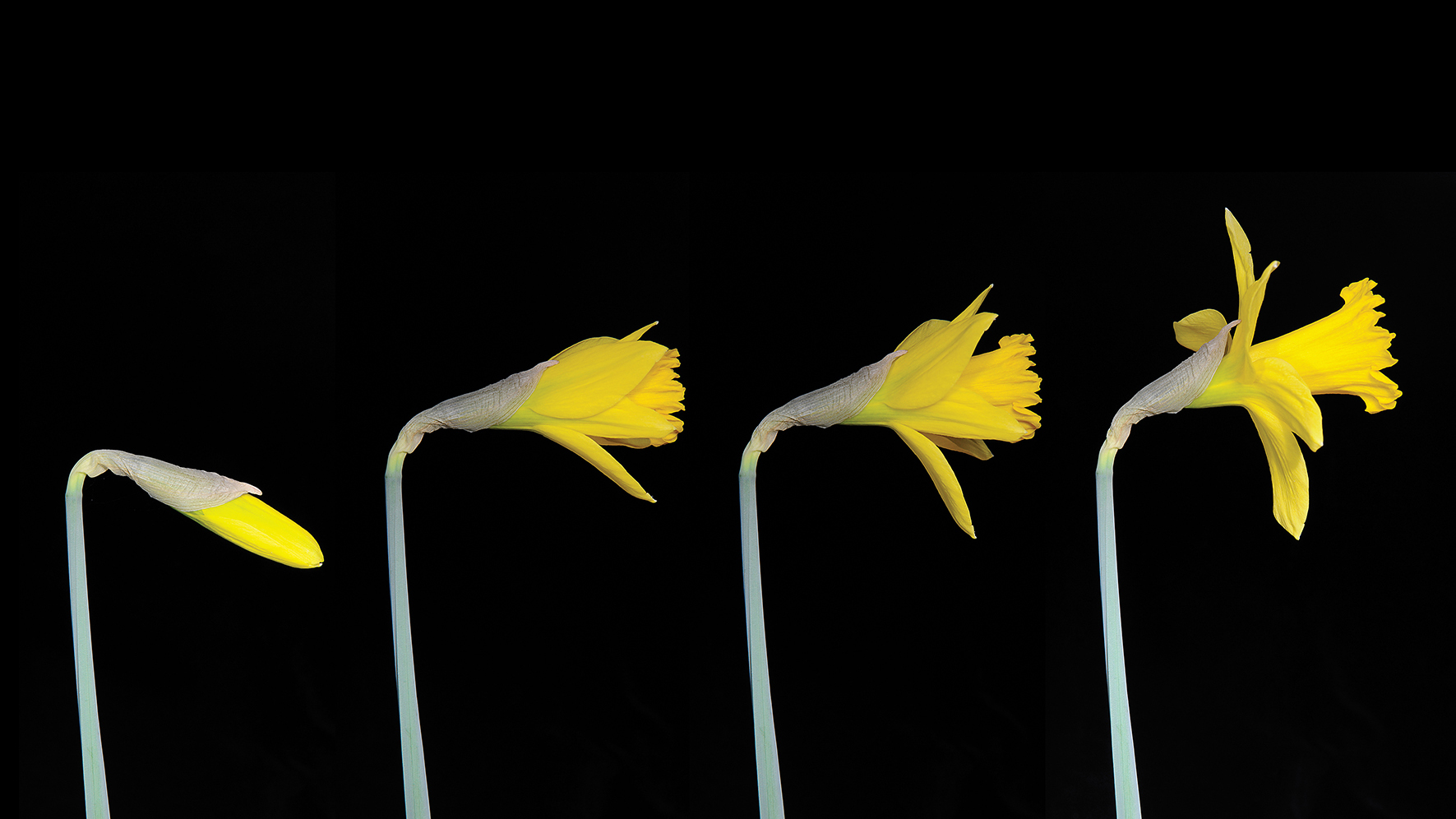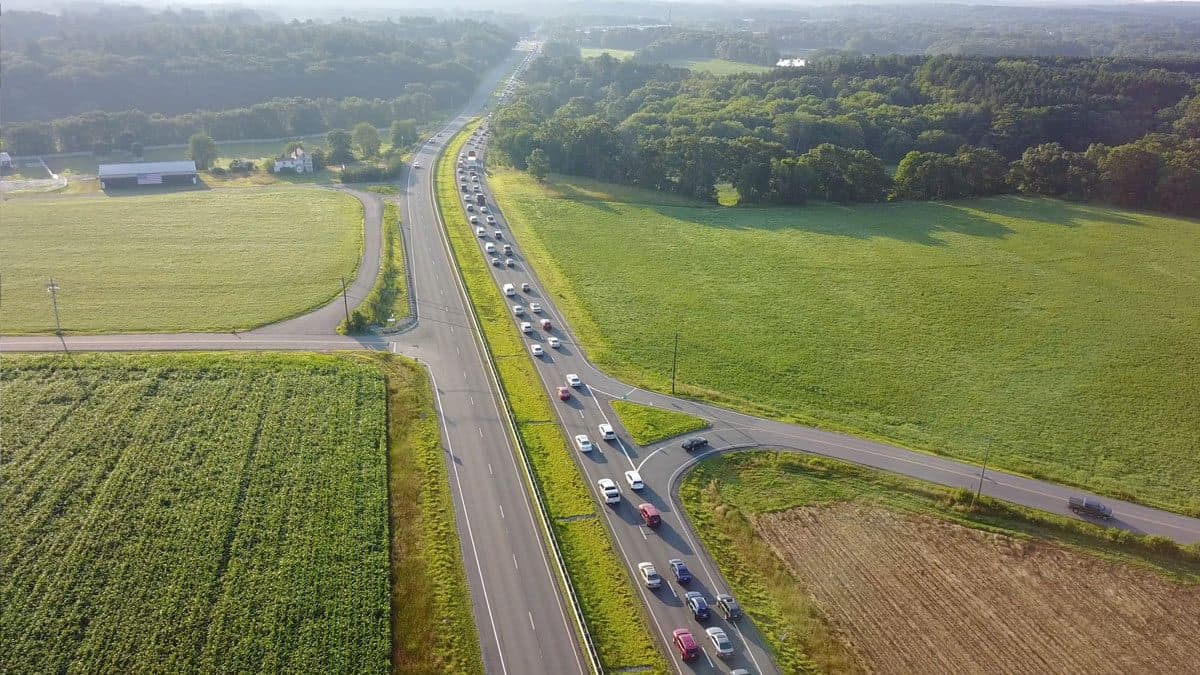“Essential Travel Photography Accessories: Gear Up for Stunning Shots
Related Articles Essential Travel Photography Accessories: Gear Up for Stunning Shots
- Unlocking Your Travel Photography: A Beginner’s Guide To Camera Settings
- 4K Sunset Photography: Capturing Breathtaking Moments
- 4K Video Editing Travel Apps: Capture And Edit Stunning Travel Footage On The Go
- Creative Travel Vlog Gear And Locations: Elevating Your Visual Storytelling
- The Ultimate Guide To Easy Cameras For Travel: Capture Your Adventures Without The Hassle
Introduction
On this special occasion, we’re delighted to explore an engaging topic: Essential Travel Photography Accessories: Gear Up for Stunning Shots. Join us as we navigate insights that inform, inspire, and open new perspectives for our readers.
Table of Content
Essential Travel Photography Accessories: Gear Up for Stunning Shots

Travel photography is more than just pointing and shooting; it’s about capturing the essence of a place, telling stories through visuals, and preserving memories in their most vivid form. While a good camera is a fundamental requirement, the right accessories can elevate your travel photography from simple snapshots to breathtaking works of art.
This guide delves into the essential travel photography accessories that can make a significant difference in your shooting experience and the quality of your images. Whether you’re a seasoned professional or an enthusiastic beginner, understanding the purpose and benefits of these tools will empower you to capture the world in all its glory.
1. Extra Batteries and Chargers: Power Up Your Adventures
Perhaps the most fundamental accessory of all, extra batteries are non-negotiable for travel photography. You never want to miss a crucial shot because your camera died.
- Why They’re Essential: Travel often involves long days of shooting, exploring remote locations where charging opportunities are scarce, and using power-hungry features like GPS or video recording.
- Considerations:
- Number of Batteries: Carry at least two extra batteries, and consider more if you plan on extensive shooting or shooting in cold environments (cold temperatures drain batteries faster).
- Battery Type: Ensure you have the correct batteries for your camera model.
- Charger Options: Pack your standard wall charger, but also consider a USB charger (for charging via power banks or laptops) or a car charger (if you’re driving).
- Battery Cases: Invest in battery cases to protect your batteries from damage and prevent them from short-circuiting.
2. Memory Cards: Storage for Your Visual Stories
Running out of memory card space is a photographer’s nightmare. Having sufficient storage is crucial for capturing every moment without having to delete precious photos on the go.
- Why They’re Essential: High-resolution images and videos consume a lot of storage space. You need enough capacity to last through your shooting sessions.
- Considerations:
- Capacity: Choose memory cards with ample storage, such as 64GB, 128GB, or even larger, depending on your shooting style and camera’s resolution.
- Speed: Opt for cards with fast read/write speeds (indicated by the "Class" rating or MB/s). Faster speeds are essential for shooting continuous bursts of images, recording high-resolution videos, and quickly transferring files.
- Card Type: Ensure you use the correct type of memory card for your camera (SD, CFexpress, etc.).
- Multiple Cards: It’s better to have multiple smaller cards than one large card. If one card fails, you won’t lose all your photos.
- Card Case: A protective case will keep your memory cards safe from dust, water, and physical damage.
3. Camera Bag: Protecting Your Precious Gear
A good camera bag is more than just a carrying case; it’s a mobile workstation that protects your gear from the elements and provides easy access to your equipment.
- Why It’s Essential: Camera equipment is delicate and expensive. A well-designed camera bag will shield your gear from bumps, scratches, rain, and theft.
- Considerations:
- Type of Bag:
- Backpack: Ideal for carrying a lot of gear comfortably, especially when hiking or walking long distances.
- Shoulder Bag: Offers quick access to your camera and lenses, but can be less comfortable for extended periods.
- Rolling Bag: Suitable for travel that involves a lot of airport transits.
- Sling Bag: A hybrid option that combines the convenience of a shoulder bag with some of the stability of a backpack.
- Size and Capacity: Choose a bag that can accommodate all your equipment, including your camera, lenses, accessories, and personal items.
- Padding and Protection: Ensure the bag has adequate padding to protect your gear from impacts.
- Weather Resistance: Look for a bag made from water-resistant or waterproof materials. Some bags come with rain covers for extra protection.
- Comfort: Consider the bag’s straps, back panel, and weight distribution for comfortable carrying.
- Security: Some bags have anti-theft features like hidden compartments, lockable zippers, and slash-proof materials.
- Type of Bag:
4. Tripod: Stability for Sharp Images
A tripod is essential for capturing sharp images in low-light conditions, shooting landscapes with long exposures, and recording steady videos.
- Why It’s Essential: Tripods eliminate camera shake, allowing you to use slower shutter speeds without blurring your images.
- Considerations:
- Type of Tripod:
- Full-Size Tripod: Offers maximum stability but can be bulky and heavy.
- Travel Tripod: Designed to be lightweight and compact for easy transport.
- Mini Tripod: A small, portable option for tabletop photography or low-angle shots.
- Material: Aluminum tripods are more affordable, while carbon fiber tripods are lighter and more vibration-resistant.
- Weight Capacity: Ensure the tripod can support the weight of your camera and heaviest lens.
- Height: Choose a tripod that extends to a comfortable height for your shooting style.
- Ball Head vs. Pan/Tilt Head: Ball heads are more versatile and allow for quick adjustments, while pan/tilt heads offer more precise control for video recording.
- Type of Tripod:
5. Lens Filters: Enhancing Your Images
Lens filters are invaluable tools for enhancing your images in various ways, from reducing glare to adding creative effects.
- Why They’re Essential: Filters protect your lens, improve image quality, and allow you to achieve effects that are difficult or impossible to replicate in post-processing.
- Essential Filter Types:
- UV Filter: Primarily used to protect the front element of your lens from scratches, dust, and moisture.
- Polarizing Filter: Reduces glare and reflections from surfaces like water and glass, enhances colors, and deepens the sky.
- Neutral Density (ND) Filter: Reduces the amount of light entering the lens, allowing you to use slower shutter speeds in bright conditions for motion blur effects or wider apertures for shallow depth of field.
- Graduated Neutral Density (GND) Filter: Darkens the sky while leaving the foreground untouched, balancing the exposure in high-contrast scenes.
- Considerations:
- Filter Size: Ensure you purchase filters that match the diameter of your lens.
- Filter Quality: Invest in high-quality filters to avoid image degradation or color casts.
- Filter Type: Choose the right filter for the specific effect you want to achieve.
6. Remote Shutter Release: Avoiding Camera Shake
A remote shutter release allows you to trigger the camera’s shutter without physically touching it, minimizing camera shake and allowing for sharper images, especially in long-exposure photography.
- Why It’s Essential: Eliminates camera shake caused by pressing the shutter button, particularly important for long exposures, macro photography, and self-portraits.
- Considerations:
- Type of Release:
- Wired Remote: Connects directly to the camera via a cable.
- Wireless Remote: Uses infrared or radio frequency to communicate with the camera.
- Features: Some remotes offer additional features like bulb mode control, intervalometer functions, and timer settings.
- Compatibility: Ensure the remote is compatible with your camera model.
- Type of Release:
7. Lens Cleaning Kit: Maintaining Image Clarity
Keeping your lenses clean is crucial for capturing sharp, clear images. A lens cleaning kit will help you remove dust, fingerprints, and smudges without damaging the lens coating.
- Why It’s Essential: Dirty lenses can cause blurry images, flare, and reduced contrast.
- Essential Items:
- Microfiber Cloth: Use a soft, lint-free microfiber cloth to gently wipe the lens surface.
- Lens Cleaning Solution: Apply a small amount of lens cleaning solution to the cloth (never directly to the lens).
- Lens Brush: Use a soft-bristled brush to remove dust and debris from the lens surface.
- Air Blower: Use an air blower to remove loose particles without touching the lens.
8. External Hard Drive: Backing Up Your Memories
Losing your photos is a devastating experience. An external hard drive is essential for backing up your images while traveling, ensuring your memories are safe and secure.
- Why It’s Essential: Provides a secure backup of your photos in case your memory cards are lost, stolen, or damaged.
- Considerations:
- Capacity: Choose a hard drive with sufficient storage space for all your photos and videos.
- Portability: Opt for a compact and lightweight hard drive that is easy to carry.
- Durability: Look for a rugged hard drive that can withstand the rigors of travel.
- Backup Software: Consider using backup software to automate the backup process.
9. Gray Card/White Balance Card: Achieving Accurate Colors
A gray card or white balance card helps you set the correct white balance in your camera, ensuring accurate and consistent colors in your images.
- Why It’s Essential: Ensures accurate color rendition, especially in challenging lighting conditions.
- How to Use: Take a photo of the gray card or white balance card in the same lighting conditions as your subject, and then use that photo to set the custom white balance in your camera or in post-processing.
10. Headlamp or Flashlight: Illuminating the Dark
A headlamp or flashlight is essential for navigating in the dark, setting up shots in low-light conditions, and light painting.
- Why It’s Essential: Provides illumination in dark environments, allowing you to see and work safely.
- Considerations:
- Brightness: Choose a headlamp or flashlight with adjustable brightness levels.
- Battery Life: Look for a model with long battery life.
- Water Resistance: Opt for a water-resistant model for use in wet conditions.
11. Rain Cover for Camera: Protecting from the Elements
A rain cover will protect your camera from rain, snow, and dust, allowing you to continue shooting in inclement weather.
- Why It’s Essential: Protects your camera from water damage.
- Considerations:
- Material: Choose a rain cover made from waterproof and breathable materials.
- Fit: Ensure the rain cover fits your camera and lens snugly.
- Ease of Use: Look for a rain cover that is easy to install and remove.
12. Camera Strap: Comfort and Security
A comfortable and secure camera strap is essential for carrying your camera safely and comfortably.
- Why It’s Essential: Provides a secure and comfortable way to carry your camera, preventing it from being dropped or stolen.
- Considerations:
- Material: Choose a strap made from durable and comfortable materials like neoprene or leather.
- Width: A wider strap will distribute the weight of the camera more evenly.
- Adjustability: Ensure the strap is adjustable to fit your body size.
13. Cleaning Swabs for Sensor: Removing Dust from Sensor
Dust on your camera’s sensor can cause dark spots in your images. Cleaning swabs allow you to safely remove dust from the sensor.
- Why It’s Essential: Remove dust and particles that can affect image quality.
- Considerations:
- Sensor Size: Buy the correct size of swab for your sensor.
- Quality: Buy a high quality swab.
14. Lens Hood: Reduce Flare and Protect
A lens hood attaches to the front of your lens to block stray light and reduce lens flare, which can improve contrast and color saturation in your images. It also provides some physical protection to the front element of the lens.
- Why It’s Essential: Reduce lens flare.
- Considerations:
- Size: Buy the correct size of hood for your lens.
- Shape: Different shapes of hoods are available.
Conclusion
Investing in the right travel photography accessories can significantly enhance your shooting experience and the quality of your images. By carefully considering your needs and choosing the right tools, you can be well-equipped to capture the beauty and wonder of the world around you. Remember to prioritize quality, durability, and portability when selecting your accessories, and always be prepared for any shooting situation. Happy travels and happy shooting!




